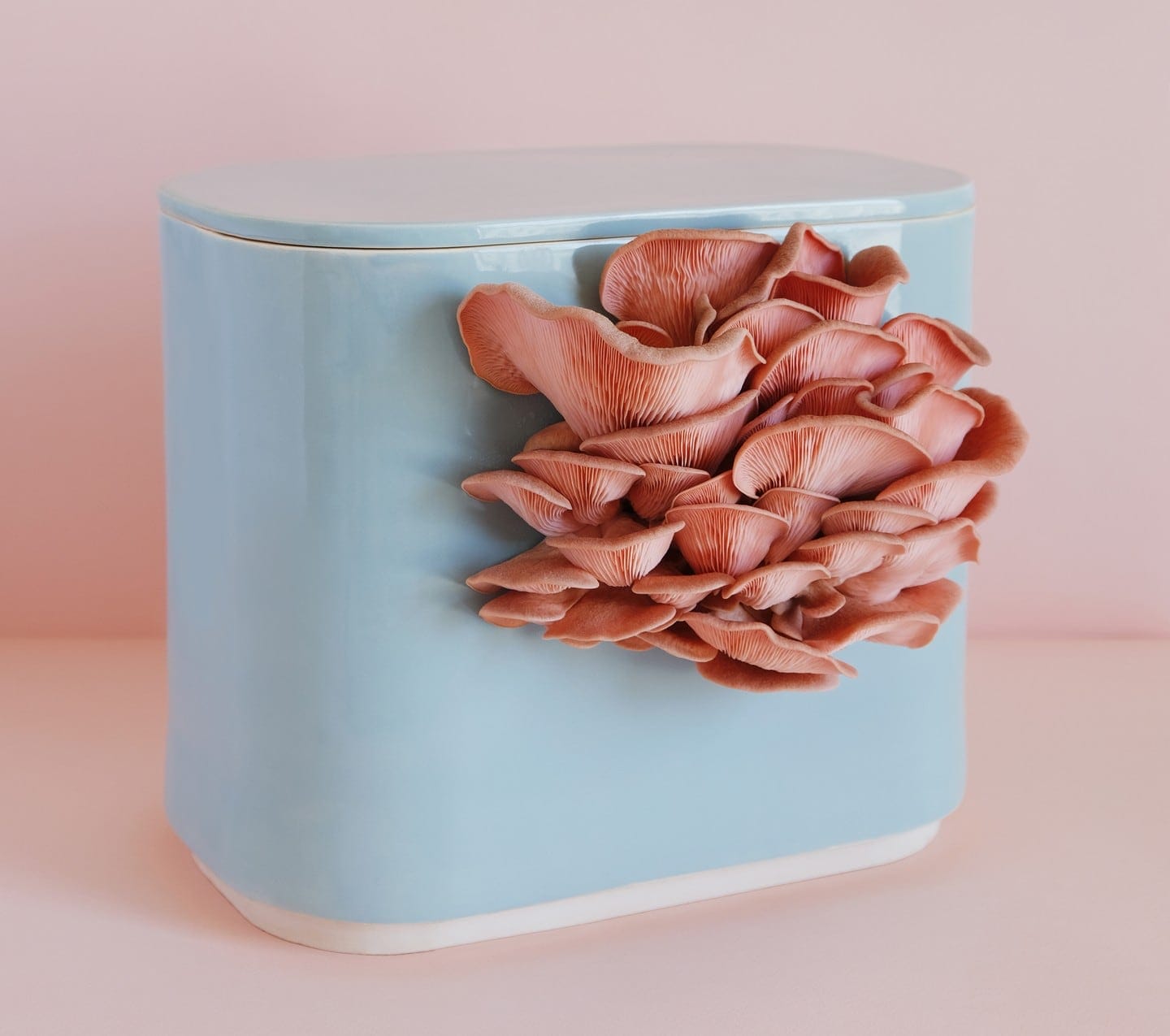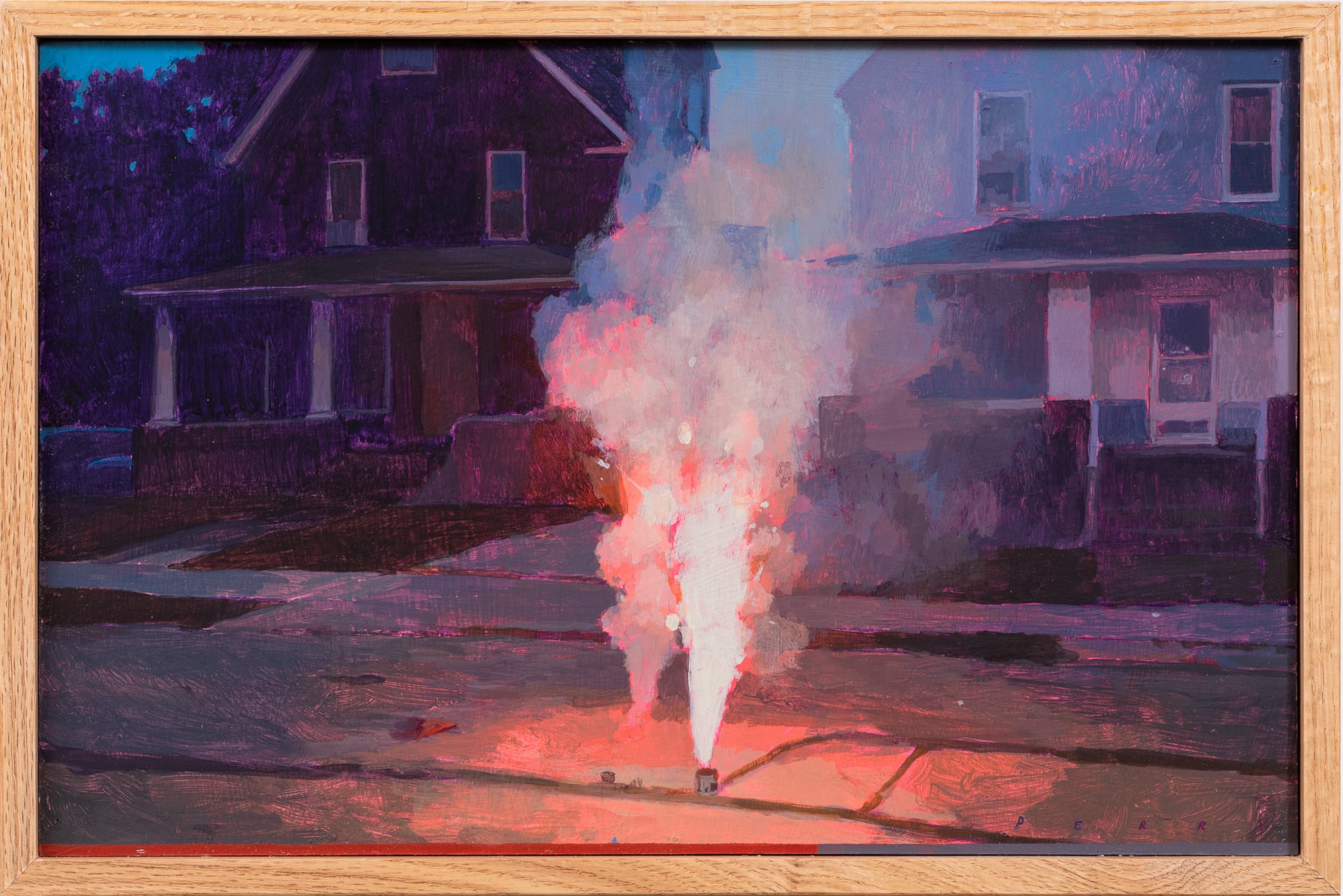All images courtesy of TASCHEN, shared with permission
We perceive color everywhere. Although it’s omnipresent, the concept is challenging to describe, in part because color itself is not an inherent property of matter. Our brains perceive hues through photoreceptor cells in our eyes, often called cones, that allow us to discern the visible light spectrum—think of a rainbow or a prism.
An object’s light absorption, reflective qualities, or other phenomena of physics influence how we recognize brightness, saturation, and contrasts. With no end to the variations and relationships between colors, it’s no surprise that something so universal can inspire so much investigation throughout history.
Artists, designers, scientists, religious disciples, and philosophers throughout the centuries have pondered the possibilities of pigments. The Book of Colour Concepts, forthcoming from TASCHEN, embarks on a journey through the theories, uses, taxonomical systems, and cultural and emotional affinities with humble hues.
Covering four centuries through more than 1,000 images and 800-plus pages, the two-volume set revels in a vast range of rare and illustrious documents, from early manuscripts to Isaac Newton’s 1704 Opticks treatise to the chromatic tableaus of 19th-century spiritualist painters Annie Besant and Charles Webster Leadbeater. Readers will also find studies from Color Problems, the early 20th-century handbook by Emily Noyes Vanderpoel, which described theories that would trend in subsequent decades in design and art, like Joseph Albers’s series Homage to the Square.
Pre-order your copy of The Book of Colour Concepts from TASCHEN or Bookshop. You might also enjoy this vibrant Enlightenment-era catalog of more than 500 types of marble or this survey of six centuries of color charts.
Do stories and artists like this matter to you? Become a Colossal Member today and support independent arts publishing for as little as $5 per month. The article At More Than 800 Pages, ‘The Book of Colour Concepts’ Revels in Four Centuries of Chromatic Wonders appeared first on Colossal.


